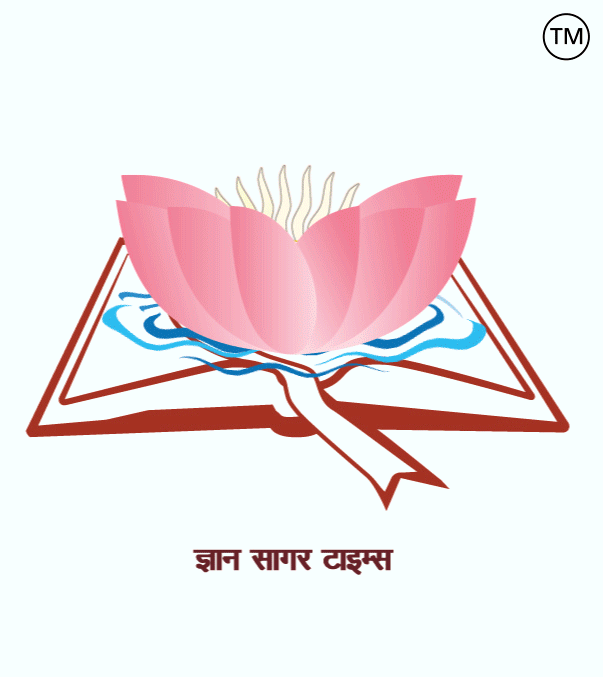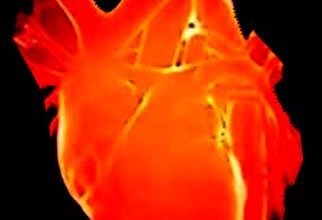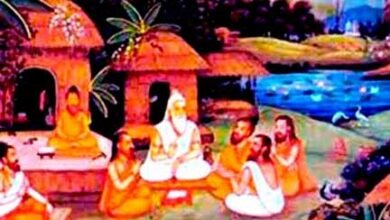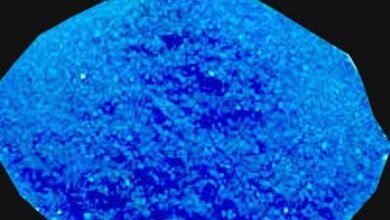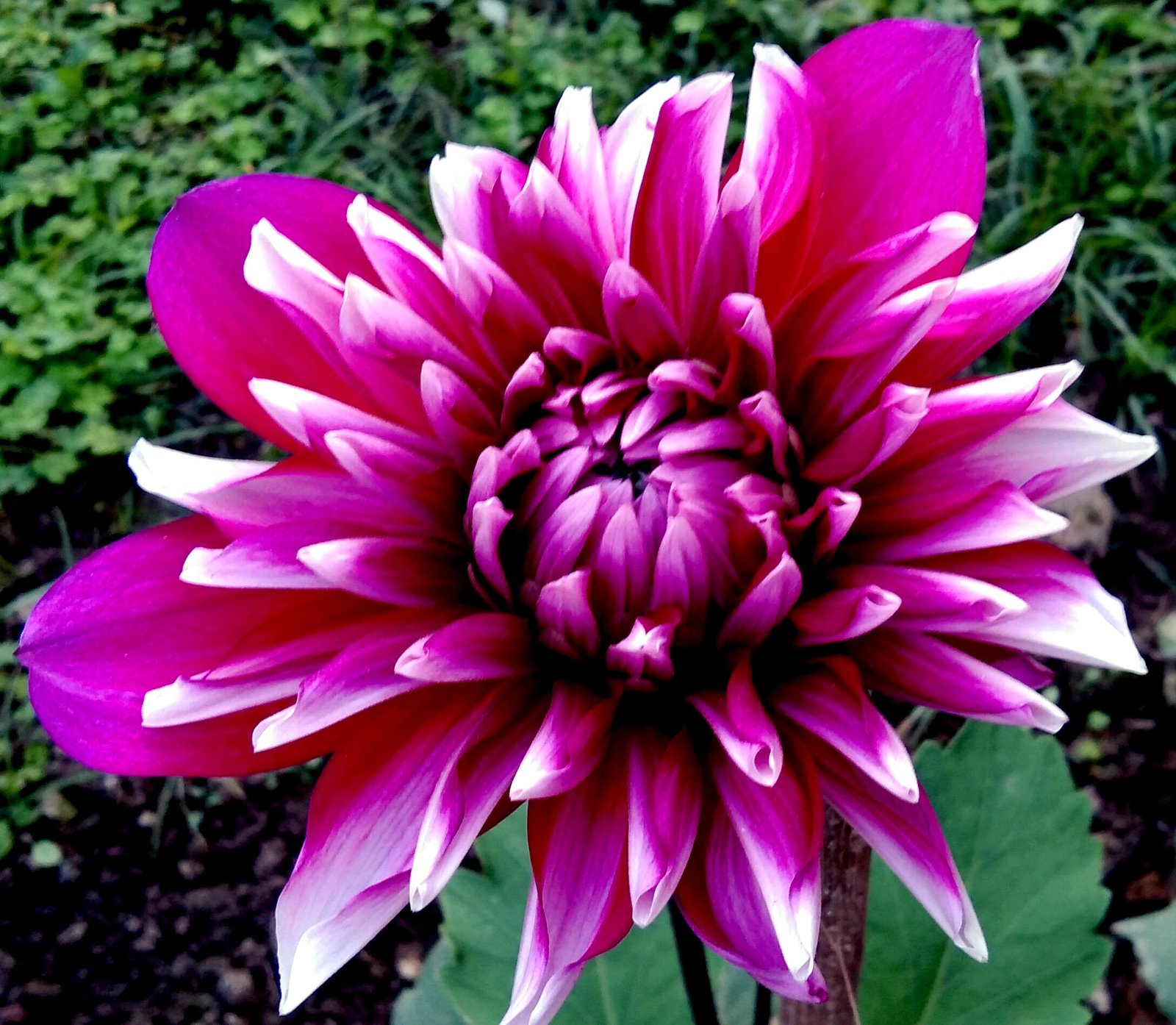
वनस्पति विज्ञान से संबंधित-118.
| 1. What is the edible part of the turmeric plant? = Rhizomes.
2. Onion is a modified form of? = Stem. 3. What is the edible part in onion? = Fleshy scaly leaves. 4. What is the main component of honey? = Fructose. 5. The best source of Vitamin-C is? = Amla. 6. What is the maximum amount in spinach leaves? = Iron. 7. What material is the cell wall of algae made of? = Cellulose. 8. What is quinine obtained from? = Bark of Cinchona plant. 9. What is the edible part of cauliflower? = Fleshy inflorescence. 10. ‘Stem cut’ is commonly used for the amplification of = Sugarcane. 11. What is the edible part of coconut? = Endosperm. 12. What is fertilization process? = Combination of a male gamete with an ovum. 13. Which is the most important part of the plant from the point of view of life cycle? = Flower. 14. Leaves have two main functions? = Photosynthesis and Transpiration. 15. The fruit of which plant is found under the ground? = Peanuts. 16. Water available for the roots of plants in the soil is? = Capillary water of soil. 17. What is a metamorphic stem? = Potatoes. 18. Bhojpatra is produced from? = Bark of Betula. 19. What are the plants that grow in water called? = Hydrophytes. 20. Potato belongs to which family? = Solanesia. 21. Cinnamon is obtained from which part of the tree? = Bark. 22. What is Agroforestry? = Along with agriculture, planting woody perennial trees on the same land. 23. How is the age of trees determined? = Based on the number of annual rings. 24. The branch of botany dealing with the separation and assembly of protoplasm is called? = Tissue Culture. 25. The study of plants that produce vegetables and vegetables is called? = Allericulture. 26. What we studied in PALAEOBOTANY? = Fossils. 27. The study of the internal structure of plants is called? = Anatomy. 28. What is the basic unit of classification? = Species. 29. Who is called the father of Green Revolution in India? = Dr. M. S. Swaminathan. 30. Who gave the principle of Natural Selection? = Charles Darwin. ============= ========== ========= 1. हल्दी के पौधे का खाने योग्य हिस्सा कौन-सा होता है? = प्रकन्द. 2. प्याज किसका परिवर्तित रूप है? = तने. 3. प्याज में खाद्य भाग कौन सा होता है? = मांसल शल्क पत्र. 4. शहद का प्रमुख घटक होता है? = फ्रक्टोज. 5. विटामिन-सी का सबसे उत्तम स्रोत है? = आँवला. 6. पालक के पत्तों में किसकी मात्रा सबसे अधिक होती है? = आयरन. 7. शैवालों की कोशिका भित्ति किस पदार्थ की बनी होती है? = सेल्यूलोज. 8. कुनैन किससे प्राप्त होता है? = सिंकोना पौधे के छाल से. 9. फूलगोभी का खाने योग्य भाग कौन-सा होता है? = मांसल पुष्पक्रम. 10. ‘तना काट’ आमतौर पर किसके प्रवर्धन के लिए प्रयोग किया जाता है? = गन्ना. 11. नारियल का खाने योग्य भाग कौन-सा होता है? = भ्रुणपोष. 12. निषेचन क्रिया क्या होती है? = एक नर युग्मक का अण्डाणु से संयोजन. 13. जीवनचक्र की दृष्टि से पौधे का सबसे महत्त्वपूर्ण अंग कौन-सा है? = पुष्प. 14. पत्तियों के दो मुख्य कार्य होते हैं? = प्रकाश संश्लेषण व वाष्पोत्सर्जन. 15. किस पौधे का फल भूमि के नीचे पाया जाता है? = मूंगफली. 16. भूमि में पौधों की जड़ों के लिए उपलब्ध जल होता है? = केशिका जल. 17. रूपांतरिक तना होता है? = आलू. 18. भोजपत्र उत्त्पन्न होता है? = बेटुला की छाल. 19. जल में पनपने वाले पौधे क्या कहलाते हैं? = हाइड्रोफाइट्स. 20. आलू किस कुल से सम्बन्धित होता है? = सोलेनेसी. 21. दालचीनी पेड़ के किस भाग से प्राप्त की जाती है? = छाल. 22. एग्रोफ़ोरेस्ट्री क्या है? = कृषि के साथ-साथ उसी भूमि पर काष्ठीय बारहमासी वृक्ष लगाना. 23. वृक्षों की आयु किस प्रकार निर्धारित की जाती है? = वार्षिक वलयों की संख्या के आधार. 24. जीवद्रव्य के पृथक्करण एवं संयोजन से सम्बन्धित वनस्पति विज्ञान की शाखा कहलाती है? = टिशु कल्चर. 25. शाक-सब्ज़ी उत्पन्न करने वाले पौधों का अध्ययन कहलाता है? = आलेरीकल्चर. 26. जीवाश्म वनस्पति विज्ञान में अध्ययन किया जाता है? = जीवाश्मों. 27. पौधों की आंतरिक संरचना का अध्ययन कहलाता है? = आंतरिकी. 28. वर्गीकरण की आधारीय इकाई क्या है? = स्पेशीज. 29. भारत में हरित-क्रांति के जनक कौन कहलाते हैं? = डा. एम. एस. स्वामीनाथन. 30. प्राकृतिक वरण (Natural Selection) का सिद्धान्त किसने दिया था? = चार्ल्स डार्विन.
|

